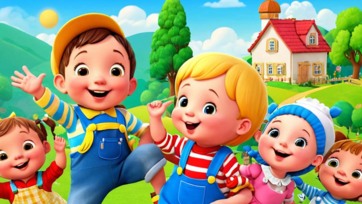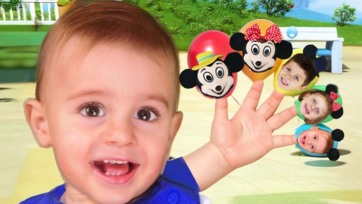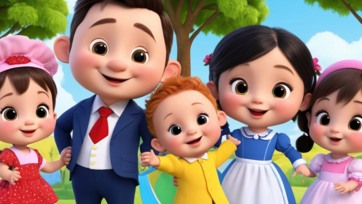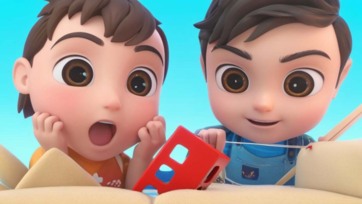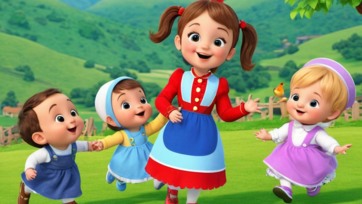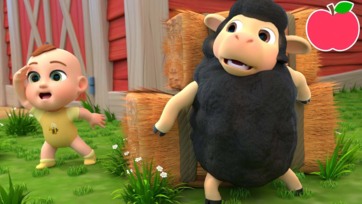Building a robot with LEGO is an exciting and educational activity that combines creativity with engineering principles. Whether you’re a beginner or an experienced builder, creating a simple LEGO robot is a great way to learn about robotics and programming. Here’s a step-by-step guide on how to build a basic robot using LEGO bricks and components.
Materials Needed:
-
LEGO Bricks:
- Standard LEGO bricks and plates
- Wheels and axles
- Gears and connectors
-
LEGO Technic Components:
- LEGO Technic beams
- LEGO Technic pins and connectors
- LEGO Technic gears and motors (optional but recommended for more functionality)
-
LEGO Robotics Kit (Optional):
- LEGO Mindstorms or LEGO BOOST (for programmable robots)
- Sensors and motors included in the kit
-
Tools:
- Basic LEGO building tools (such as a LEGO brick separator)
Step 1: Design Your Robot
Before you start building, sketch out a simple design for your robot. Think about its shape, functionality, and how it will move. For a basic robot, you can aim for a design with a simple body, wheels, and a basic mechanism for movement.
Step 2: Build the Chassis
-
Create the Base:
- Start by building the base or chassis of your robot using standard LEGO bricks or plates. This will be the main platform where other components will be attached.
- Ensure the base is sturdy and flat to provide a stable foundation for your robot.
-
Attach the Wheels:
- Use LEGO wheels and axles to create the robot’s movement system. Attach the wheels to the axles and then connect the axles to the chassis.
- If you’re using LEGO Technic components, you can use Technic axles and connectors to secure the wheels more firmly.
Step 3: Add the Motors (Optional)
-
Install the Motors:
- If you have LEGO Technic motors, attach them to the chassis. Motors can be used to drive the wheels and make the robot move.
- Secure the motors using Technic beams and connectors, ensuring they are aligned with the wheels for proper movement.
-
Connect the Gears:
- If you’re using gears, connect them to the motors and wheels to transfer power and control the robot’s movement. Gears can help you achieve different speeds and turning capabilities.
Step 4: Build the Robot’s Body
-
Construct the Upper Body:
- Use additional LEGO bricks and plates to build the upper body of the robot. This can include adding a “head,” “arms,” or any other features you want to include.
- Make sure the body is securely attached to the chassis and doesn’t obstruct the wheels or motors.
-
Add Functional Elements:
- If your robot has moving parts, such as arms or a head, use LEGO Technic connectors and gears to create joints and mechanisms.
- For a more advanced robot, you can integrate sensors and programmable elements from LEGO Mindstorms or LEGO BOOST kits.
Step 5: Program Your Robot (Optional)
-
Using LEGO BOOST:
- If you’re using LEGO BOOST, connect your robot to the LEGO BOOST app via Bluetooth.
- Follow the instructions in the app to program your robot’s movements, sounds, and interactions.
-
Using LEGO Mindstorms:
- For LEGO Mindstorms, connect the robot to the Mindstorms software on your computer.
- Create and upload programs to control the robot’s behavior using the visual programming interface.
Step 6: Test and Refine
-
Test the Robot:
- Once your robot is assembled and programmed (if applicable), test its movements and functionality. Make sure it moves as expected and performs any tasks you’ve programmed it to do.
-
Refine the Design:
- Based on your testing, make any necessary adjustments to improve the robot’s performance. This might include changing the gear ratios, adjusting the body, or fine-tuning the programming.
Step 7: Have Fun and Experiment
-
Explore Different Designs:
- Experiment with different designs, features, and functionalities to see what works best. Try building different types of robots, such as a line follower, a maze solver, or a simple robotic arm.
-
Challenge Yourself:
- Set challenges for your robot to complete, such as navigating an obstacle course or performing specific tasks. This will help you learn more about robotics and problem-solving.
Conclusion
Building a simple robot using LEGO is a rewarding and educational experience. By following these steps, you can create a functional and entertaining robot while learning about engineering, mechanics, and programming. Whether you’re using standard LEGO bricks or advanced LEGO Technic and robotics kits, the process of designing, building, and programming your robot offers valuable insights into the world of robotics and STEM. Enjoy the creative process and have fun exploring the possibilities of LEGO robotics!

